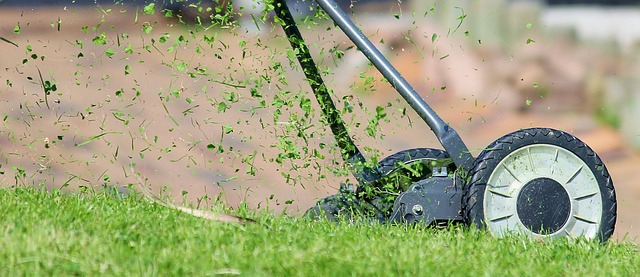Choosing the Right Power and Weight Balance for Home Use
Choosing the right power and weight balance helps homeowners maintain yards efficiently while minimizing strain and environmental impact. This article outlines practical considerations for selecting a blower that fits your gardening routines, yardwork needs, and landscape conditions without making promotional claims.

Selecting a leaf blower for home use requires balancing power, weight, and practical features so that everyday outdoor maintenance becomes efficient rather than burdensome. Consider how often you perform yardwork, the typical types of debris or mulch you manage, and whether your landscape needs frequent clearance or occasional tidying. The right choice reduces fatigue during longer sessions and limits noise or emissions that can affect your neighborhood.
How does power affect airflow and debris clearance?
Power determines how much airflow a blower produces and how effectively it moves leaves, mulch, and other debris. Airflow, usually measured in cubic feet per minute (CFM), correlates with the blower’s ability to clear dense piles or wet leaves, while speed (mph) affects how quickly debris moves. For light clearance on paved surfaces, moderate airflow and higher air speed can suffice. For landscaping tasks involving heavier mulch or sod clippings, prioritize higher CFM to dislodge and transport denser materials. Match the blower’s output to typical tasks to avoid underpowering or oversizing for your needs.
Battery, gasoline, cordless, or electric: which to choose?
Power source affects runtime, maintenance, and emissions. Battery and cordless models offer convenience, lower emissions, and quieter operation—useful for small to medium yards and frequent gardening sessions. Electric (corded) blowers provide steady power for continuous work without recharging but limit mobility by cord length. Gasoline units often deliver higher sustained power for large properties or commercial-style clearance but require more maintenance and produce emissions and noise. Consider whether you prefer the low-maintenance, cleaner operation of battery/cordless or the raw power and longer runs of gasoline models.
How does weight influence outdoor maintenance and yardwork?
Weight affects user fatigue and maneuverability. Heavier handheld units can become tiring during extended clearance, while backpack blowers distribute weight more evenly for longer jobs but may be overkill for small yards. Cordless handheld models tend to be lighter but may sacrifice battery runtime. When evaluating weight, account for the combined mass of the blower plus any battery pack. Try to test models if possible to gauge how weight affects your posture and energy during realistic maintenance tasks.
What noise, emissions, and safety trade-offs matter?
Noise levels vary widely across blower types; battery and electric models are typically quieter, which can be important for neighborhood etiquette and hearing safety. Gasoline blowers usually generate higher decibel levels and more emissions, affecting air quality during extended use. Safety considerations include using eye and ear protection, keeping bystanders clear during operation, and choosing models with good balance to reduce the risk of strain or accidental slips. Always follow manufacturer guidance on safe operation and maintenance to limit hazards.
Which attachments help with mulch, landscaping, and clearance?
Attachments expand a blower’s usefulness. Narrow nozzles concentrate airflow for focused clearance along walkways, while wider or flat nozzles move larger surface areas more quickly. Vacuum and mulching kits convert some blowers into debris collectors, reducing the volume of leaves for composting or disposal—useful when dealing with mulch redistribution or small landscaping cleanups. Consider compatibility of attachments with your chosen power source: some battery or electric systems support fewer accessories than gasoline models. Proper attachments can shorten job time and improve precision for landscaping tasks.
How to match blower features to gardening and long-term maintenance
Choose features that align with how you maintain your outdoor space. For regular light gardening and seasonal cleanup, a cordless battery unit with moderate CFM and low noise might be ideal. For larger properties or heavy-duty landscaping, prioritize higher airflow and consider a backpack gasoline option for endurance and power. Evaluate airflow ratings, battery capacity or fuel tank size, ergonomics, and available attachments. Factor in routine maintenance needs and plan for storage that keeps the tool protected and ready for the next session.
Conclusion Balancing power and weight for home use depends on yard size, frequency of maintenance, and the types of debris you manage. Assess airflow requirements for effective clearance, weigh the convenience of battery or electric options against the sustained power of gasoline units, and prioritize ergonomics and safety to reduce fatigue. Careful selection of attachments and attention to noise and emissions will help you choose a blower that suits your gardening and landscaping routines while minimizing negative impacts.






